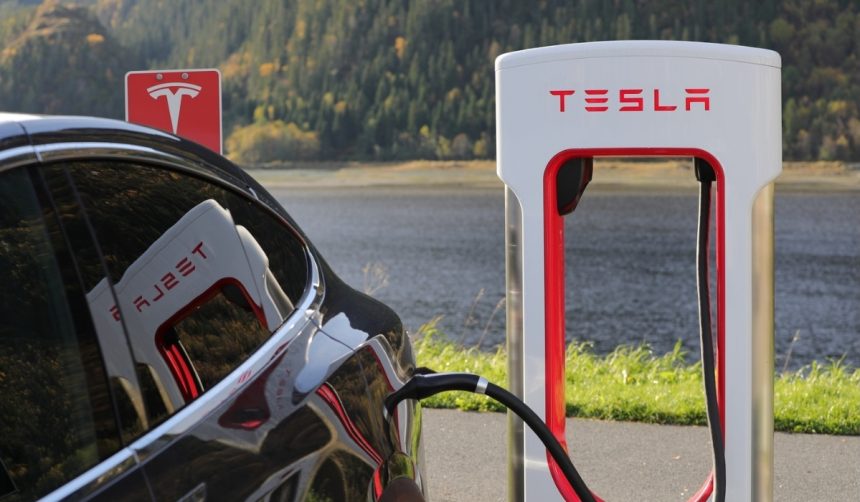With the spotlight on autonomous vehicles intensifying, investors are closely watching Tesla’s position in advancing self-driving technology. The Wall Street firm Melius recognized Tesla (NASDAQ: TSLA) as a “must own” stock, emphasizing its potential impact on future technology markets and investment returns. Industry observers note that very few people in the U.S. have personally experienced truly autonomous driving, heightening anticipation for more accessible versions. The allure of Tesla stock extends beyond just current performance—market participants are increasingly focused on the prospect of wider adoption of Full Self-Driving (FSD) features and the implications this could have for both competitors and the broader automotive market. These trends also reflect growing consumer curiosity about what self-driving cars will eventually offer in daily life.
Earlier reports about Tesla’s self-driving ambitions often highlighted technical hurdles and regulatory obstacles, with a focus on incremental progress. Over the years, competitors like Waymo and Cruise were frequently cited as formidable contenders, although Tesla’s approach—leveraging its large fleet for constant data collection—has regularly set it apart. Attention previously centered on Elon Musk’s ambitious timelines for FSD rollouts, which met skepticism given continued safety concerns and limited deployments. Now, sentiment appears to be shifting as investors react to expanded trial programs and visible hardware improvements, indicating a change in how the market perceives Tesla’s ability to deliver functional, widespread autonomy.
What Makes Tesla Stand Out According to Analysts?
Rob Wertheimer from Melius outlines that the unique combination of Tesla’s concentrated efforts on software, hardware integration, and a vast real-world data pool from millions of vehicles gives it a significant industry edge. He points to Tesla’s adoption of end-to-end neural networks, a major transition undertaken in 2021 and 2022. Wertheimer singles out the company’s upcoming AI5 chip as a further enabler, with limited releases planned in select vehicles next year and a broader rollout expected by 2027. He notes,
“Our point is not that Tesla is at risk, it’s that everybody else is.”
How Close Is Autonomy to Mass Adoption?
Melius estimates that the autonomous driving sector could reach a $7 trillion valuation over the coming years. Despite high expectations, only “tens of thousands” have reportedly tried Tesla’s recent FSD (Supervised) v14 version. Wertheimer predicts that, once deployed more widely, this capability will have a major impact:
“It will shock most people.”
He stresses the possibility that scaling self-driving technology may soon accelerate, following years of gradual advancements in both software and hardware.
Will Tesla’s Lead Last as Rivals Attempt to Catch Up?
Tesla’s strategy combines manufacturing, design, and vertical integration, which analysts say allows for rapid implementation of technological changes. In contrast, traditional automakers often face delays from fragmented supplier relationships and legacy design constraints. These competitive dynamics have contributed to market enthusiasm, as reflected in the recent 6% climb in Tesla’s stock price, which traded around $416 during early trading in New York.
Tesla’s journey toward realizing fully autonomous vehicles continues to spark debate within financial and technology sectors. Some earlier projections about rollout speed and safety readiness proved optimistic, as shown by regulatory scrutiny and publicized mishaps in the autonomous driving field. Still, Tesla’s focus on scaling up real-world trials with software updates and hardware evolution draws attention to the value placed on data-driven learning and adaptability. For investors and industry watchers, differentiating between short-term hype and sustained progress remains essential. Monitoring regulatory developments, technical performance metrics, and user experience feedback as Tesla readies wider FSD releases will provide valuable context for assessing whether these promised advancements translate into reliable autonomous transportation for the masses.








